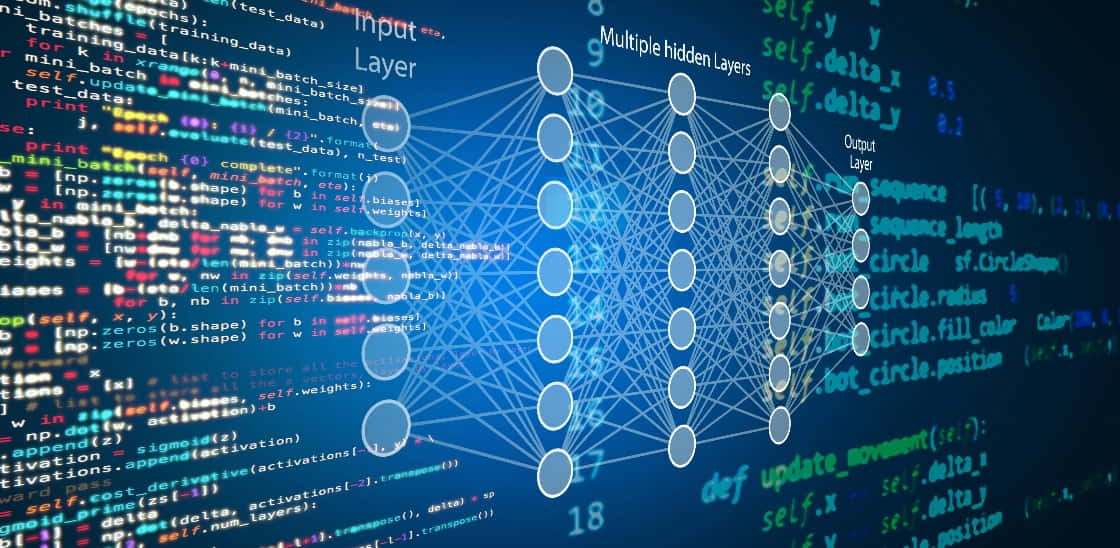In the fast-paced world of machine learning and AI, deploying a model into production is only the beginning of a longer, more complex journey. Once operational, models are subject to a variety of influences that can degrade their performance over time. This phenomenon is known as drift, specifically model drift and concept drift. Understanding and mitigating these drifts is critical for maintaining reliable, accurate, and valuable machine learning systems. Professionals preparing for this challenge often enhance their skills through a data scientist course in Pune, where they gain real-world insights into drift management.
What is Model Drift?
Model drift, also known as performance drift, occurs when the overall performance of a deployed machine learning model begins to decline. This typically happens because the statistical properties of the input data change over time, making the model’s predictions less accurate or relevant.
Several factors can contribute to model drift:
- Changes in data distribution: Input data starts to differ significantly from the data the model was trained on.
- Evolving user behavior: For instance, customer preferences might shift due to trends, seasons, or market disruptions.
- Technological or process updates: Business process changes or software upgrades can introduce new variables or remove old ones.
Understanding the concept of model drift is an essential part of any comprehensive course. Courses break down how to identify and respond to performance issues stemming from environmental changes.
What is Concept Drift?
While model drift refers to the decline in model performance, concept drift is more specific—it refers to a change in the underlying relationship between the features (input variables) and the target variable. In essence, the concept the model is trying to learn has changed.
There are various types of concept drift:
- Sudden drift: The change in the data relationship happens abruptly.
- Gradual drift: The relationship shifts slowly over time.
- Recurring drift: Previous concepts return cyclically, such as seasonal changes in buying behavior.
Concept drift poses a unique challenge because it alters the very definition of what the model is supposed to predict. This is why many advanced training programs, focus on both detection and mitigation strategies.
Detecting Model and Concept Drift
Proactively monitoring your machine learning models is crucial for detecting drift early. Fortunately, there are several strategies to detect both model and concept drift effectively:
- Performance monitoring: Continuously track performance metrics like accuracy, precision, recall, F1-score, etc.
- Statistical tests: Use methods like the Kolmogorov-Smirnov test or Population Stability Index (PSI) to compare data distributions.
- Drift detection algorithms: Employ tools like DDM (Drift Detection Method), ADWIN, or EDDM that are designed to spot changes in data streams.
- Shadow models: Run new versions of models in parallel to evaluate how their predictions differ from current models.
These practices are emphasized in a well-structured course, ensuring students are job-ready with the ability to maintain robust AI systems.
Addressing Model Drift
Once drift is detected, organizations must act quickly to rectify the issue. Here are some common approaches:
- Scheduled retraining: Periodically retraining the model using new data ensures it stays relevant.
- Incremental learning: Update the model continuously as new data comes in.
- Data curation: Use data augmentation techniques to enrich the training dataset with recent patterns.
- Model ensembles: Use multiple models in tandem, reducing reliance on any single, possibly drifted, model.
Ensembles and retraining strategies are part of practical exercises in any good course, helping learners gain experience with real-world ML operations.
Handling Concept Drift
Concept drift is often more challenging to detect and address than model drift. It requires nuanced understanding and flexible solutions:
- Sliding windows: Focus on recent data by using a rolling window of training data.
- Weighted training: Give more importance to recent data samples when updating the model.
- Hybrid models: Combine static and dynamic learning methods to adapt more efficiently.
- Rebuild models: Sometimes, a full model redesign is the most effective response to a fundamentally new data relationship.
Participants in a data scientist course learn to distinguish between these approaches and apply them contextually, depending on the nature of the problem and data dynamics.
Real-World Case Studies
To understand how drift affects industries, let’s look at a few real-world scenarios:
- Finance: A credit scoring model started misclassifying customers after economic conditions shifted due to a global event. Detecting the drift prompted immediate retraining, restoring accuracy.
- Retail: An e-commerce company observed declining performance in its recommendation system. Drift detection revealed that post-pandemic shopping behaviors had changed significantly.
- Healthcare: A diagnostic ML model used by a hospital showed increasing error rates. The root cause was demographic shifts in patient data—highlighting both model and concept drift.
These case studies form part of capstone projects and discussions in an industry-aligned course, offering students practical insights into model lifecycle management.
Tools and Frameworks for Drift Management
A growing number of tools and libraries support drift detection and mitigation:
- Evidently AI: Visualizes model performance and data drift.
- River and Scikit-Multiflow: Provide online learning models suitable for concept drift.
- MLflow: Enables versioning and tracking of models and datasets.
- TensorFlow Data Validation (TFDV): Offers validation checks for data drift.
- Seldon Core: Enables advanced model deployment and monitoring for Kubernetes.
Students enrolled in a course often get hands-on experience with these tools to reinforce theoretical understanding through practical application.
Best Practices to Prevent and Manage Drift
- Automated monitoring: Implement alerts and monitoring systems for continuous model evaluation.
- Data governance: Maintain clean and consistent data pipelines.
- Robust documentation: Keep track of model changes, retraining sessions, and performance metrics.
- Human-in-the-loop: Involve domain experts in reviewing outputs and spotting early signs of drift.
- Version control: Use tools like DVC (Data Version Control) to track dataset and model changes over time.
These practices are emphasized across all modules of a comprehensive course, helping learners develop operational awareness in addition to technical skillsets.
Conclusion
Model drift and concept drift are critical concerns in the lifecycle of any deployed machine learning system. They can silently degrade performance and result in incorrect predictions, leading to business risks. However, with the right knowledge, tools, and strategies, drift can be detected early and handled effectively.
A career in data science demands more than merely building models—it involves maintaining and evolving them as real-world conditions change. Enrolling in a data scientist course in Pune empowers aspiring professionals to navigate these challenges confidently. By learning to monitor, detect, and resolve drift, you build the foundation for robust, sustainable, and trustworthy machine learning applications.
Whether you are just starting your journey or looking to sharpen your skills, a hands-on data scientist course will prepare you to tackle one of the most pressing challenges in AI today: keeping models relevant in an ever-changing world.
Business Name: ExcelR – Data Science, Data Analytics Course Training in Pune
Address: 101 A ,1st Floor, Siddh Icon, Baner Rd, opposite Lane To Royal Enfield Showroom, beside Asian Box Restaurant, Baner, Pune, Maharashtra 411045
Phone Number: 098809 13504
Email Id: enquiry@excelr.com

